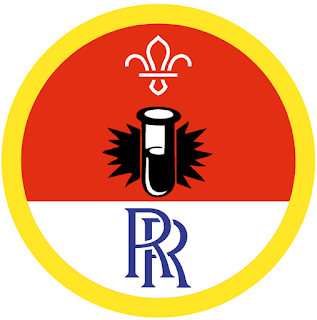Scouts and Explorers: Making Tent Pegs
Learn how to safely use and take care of a knife, then put your skills to the test by creating a simple peg.
Before
you begin
·
You must be aware of UK
knife law before buying, using, or carrying a knife.
·
Knives are an important tool for a
survival situation and can be versatile if you know how to use them safely and
properly.
·
A small folding knife that has a
blade fewer than three inches long is suitable for a lot of different survival
uses. You may need to use a knife with a larger (or fixed) blade for some
activities – you should follow the law,
only use them when needed, never carry them in a public place, and always store
them securely and out of view.
·
Young people must be supervised by
adults when knives are used.
·
Don’t feel pressured to jump straight
into making a peg. You could get some clear pine from a timber merchant and
make shavings for fuel to get people practising for the first time. If you want
to make a peg, you’ll need a soft wood like green hazel, ash, or willow. It’s
best to practise before you show young people to make sure you understand.
Safety
·
You should hold a knife firmly but
not too tightly.
·
Your hand shouldn’t be too far back
or too far forward.
·
You should grip the knife so that you
can see some of the handle where it meets the blade.
·
If you’re making smaller cuts or
carving, you can place your thumb on the back of the blade to give you more
control.
·
It’s best to cut down towards the
ground with a wooden block or base to make it more stable.
Find out more about Knife Skills on the Scout website
https://www.scouts.org.uk/activities/knife-skills/
This activity counts towards:
Scouts Survival Skills Activity Badge - requirement 1.a





